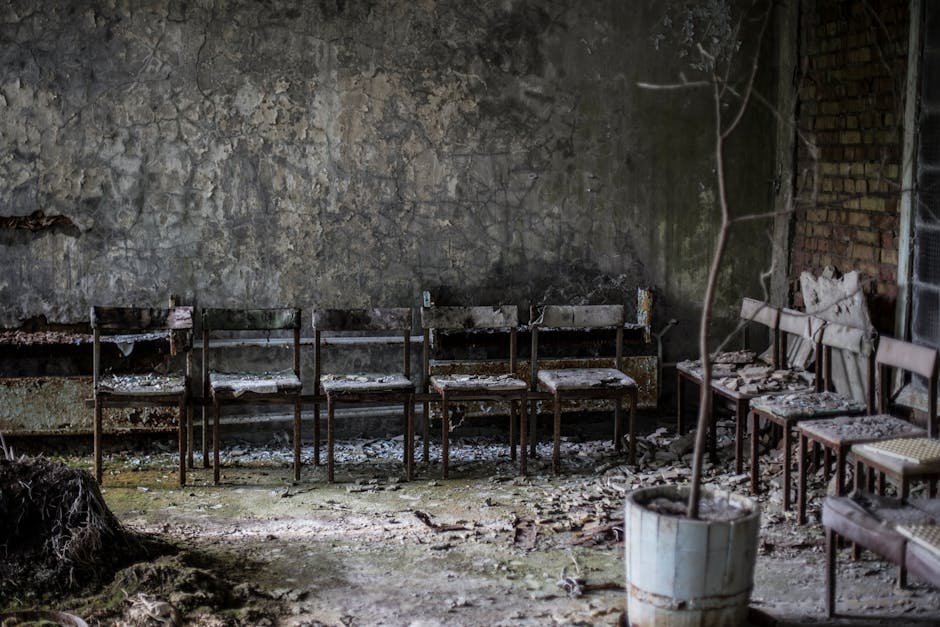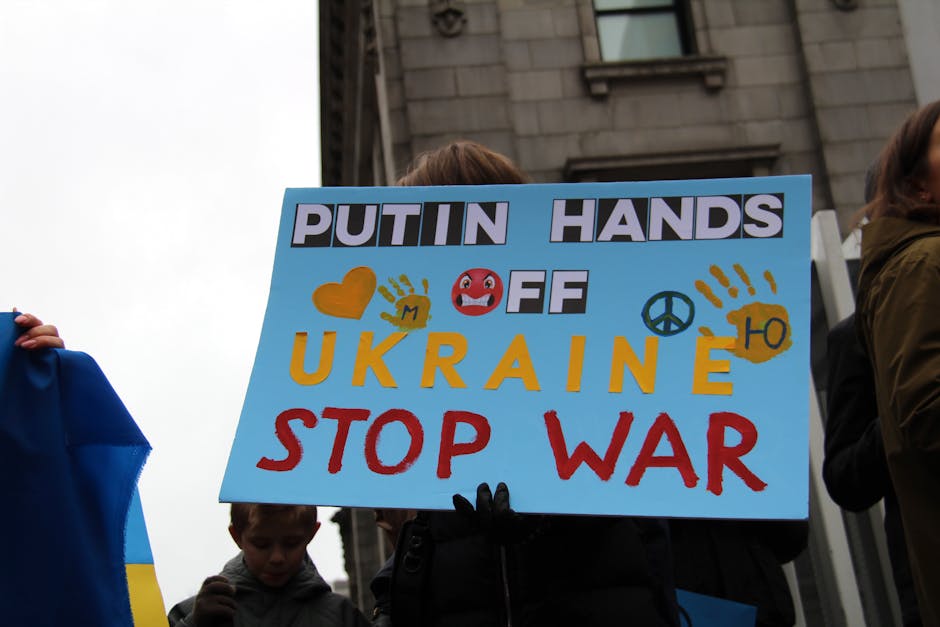In a significant de-escalation that has the world breathing a cautious sigh of relief, Zaporizhzhia nuclear plant repairs begin in Ukraine as ceasefire zones set the stage for crucial stabilization work. Ukrainian engineers have accessed the embattled facility following a hard-won agreement to establish a demilitarised area, a vital step in preventing a potential nuclear catastrophe.
IAEA Brokers Critical ‘Nuclear Safety‘ Zone
The repair work was made possible by the establishment of a 30-kilometre “Nuclear Safety and Security Protection Zone” around the Zaporizhzhia Nuclear Power Plant (ZNPP), Europe’s largest nuclear facility. This breakthrough is the result of relentless shuttle diplomacy by International Atomic Energy Agency (IAEA) Director General Rafael Grossi, who had repeatedly warned that the world was “playing with fire.”
“This is a vital first step. Securing a cessation of hostilities directly around the plant allows our brave Ukrainian colleagues to perform their duties without the threat of imminent danger,” Grossi said in a statement. “The zone is not a solution to the broader conflict, but it is an essential shield to prevent a nuclear disaster.”
Ukrainian Engineers Tackle Urgent Repairs
Sources on the ground confirmed that teams from Ukraine’s state energy company, Energoatom, have begun to assess and repair damage sustained during months of shelling. Initial reports indicate the focus is on restoring the integrity of external power lines, which are critical for the plant’s cooling systems. The facility has been forced to rely on risky backup diesel generators on multiple occasions, raising global alarm.
The ZNPP has been under Russian military occupation since early 2022, though it continues to be operated by its Ukrainian staff under immense pressure. The site has been a flashpoint of the conflict, with Kyiv and Moscow trading accusations of recklessly shelling the area.
International Community Welcomes De-escalation
The international community has unanimously welcomed the development. A spokesperson for the UN Secretary-General called it “a victory for reason and diplomacy,” while the United States and European Union urged for the zone’s full and immediate implementation.
The ceasefire is also seen as a validation of the consistent diplomatic stance taken by nations like India, which has repeatedly called for an end to hostilities. Prime Minister Narendra Modi’s message that “today’s era is not of war” has resonated on the global stage, and this localized ceasefire is the kind of de-escalatory measure advocated for by many world leaders.
A Fragile Peace with Lingering Challenges
Despite the positive step, significant challenges remain. The ceasefire is fragile, and its long-term viability depends on the commitment of both warring parties. Furthermore, the broader strategic situation is unchanged: the plant remains under Russian military control, a reality Ukraine has vowed to reverse.
For now, the focus is on stabilizing the plant and pulling it back from the precipice. As engineers work to mend the scars of war on this critical infrastructure, the world watches, hoping this small zone of peace can serve as a blueprint for a larger resolution to the conflict.




